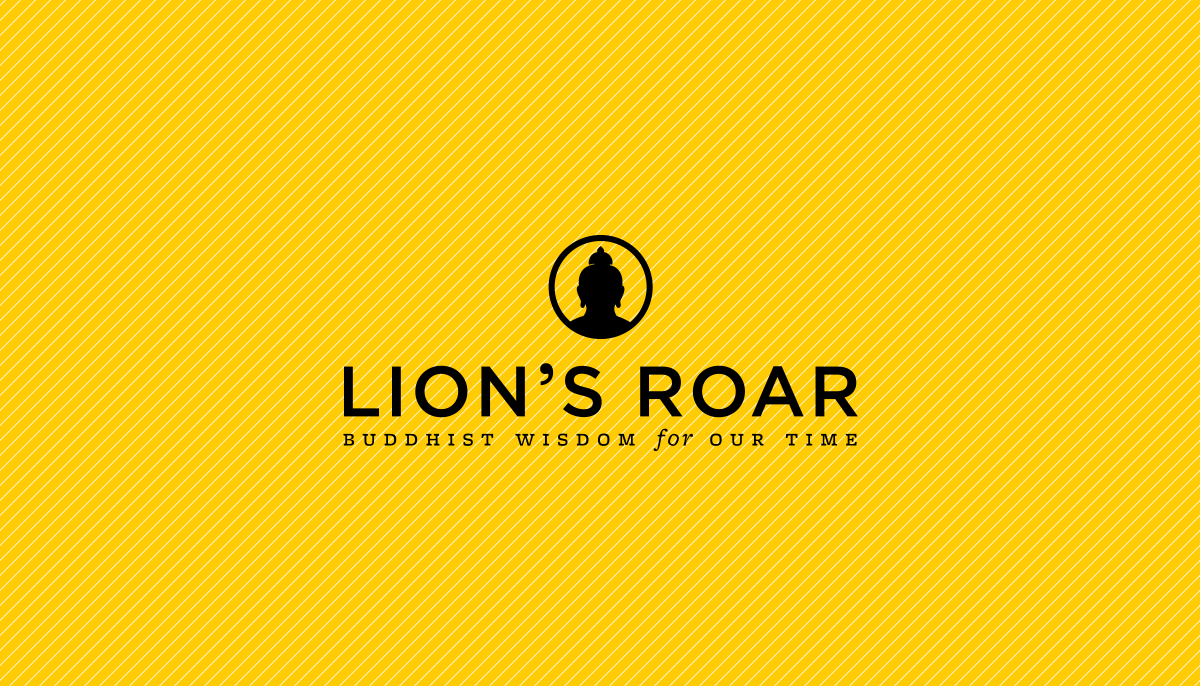The Shambhala Sun talks to psychiatrist Howard Cutler about The Art of Happiness, the best-selling book based on his series of conversations with His Holiness the Dalai Lama.
What is the basic message you were trying to send in this book?
Howard Cutler: The basic premise of the book is that the purpose of life is to seek happiness, and not only that, but that we can find happiness. To me, it’s kind of a radical idea that there’s a systematic approach to working with one’s mind to become happier.
What did you present as the key elements of the Buddhist approach?
One key element is that happiness is determined more by the state of one’s mind than external circumstances. Also, I wanted to establish the close link between our happiness and the compassion we feel towards other people. Kindness, compassion, tolerance and forgiveness aren’t just warm, fuzzy things that are luxuries in life. They have very real, practical value and are crucial to a happier existence.
As you point out in the book, this view that human nature is fundamentally good is different from the prevailing intellectual, spiritual and psychological traditions of the West.
At least for the past couple of hundred years, the view in the West has been that humanity has an innate aggressive side and that things like anger and violence are intrinsic to our nature. The Dalai Lama’s view is that human beings are innately kind and gentle. I definitely believe that, and I think Western science is coming much closer to that understanding. Many scientists and researchers now believe that we are not genetically programmed to act aggressively, that there is nothing that compels us to act that way.
In some of our religious traditions as well, there’s this notion of original sin-that we’re born with a mark on our nature and we’re in need of redemption. Whereas the Buddhist viewpoint is that these negative states of mind are not intrinsic to our deeper nature. That appeals to me a lot more than the idea that there’s an evil side to us that we can’t do anything about.
There’s an interesting paradox in the whole question of “happiness.” From a Buddhist perspective, it’s impossible to say “You can be happy,” because it’s the very belief in a solid, real “you” that causes the suffering. So you can only be happy when you understand that you don’t really exist in the normal sense of the word. To what extent do you present the realization of emptiness as an essential part of the Buddhist path?
Within the Buddhist tradition there is the method aspect of the path and the wisdom aspect. I focus more on the method aspect. This book was written for a general Western audience with no prior background in Buddhism. It focuses more on conventional day-to-day happiness that we might all experience in our lives. It’s about what can we do to become kinder and to deal with our problems more effectively. To tackle the whole concept of emptiness I thought would be too much for one volume. The Dalai Lama and other great Buddhist teachers have written about the wisdom aspect of the path, and people who are interested could continue exploring that in other books.
I purposely left out a precise definition for the word “happiness” because the Dalai Lama and other Buddhist teachers recognize that there are many different levels and degrees of human happiness. From his point of view as a Buddhist practitioner, the highest level of happiness is when one completely purifies negative tendencies of mind and achieves a state of liberation in which there is no more suffering. But the level of happiness I was addressing had to do more with day-to-day happiness, and from that standpoint, I think happiness would be a sense of joy and inner contentment that results from developing a calm, stable state of mind rooted in affection and compassion.
But even at a day-to-day level, isn’t our happiness in direct proportion to the degree we can relax our solid sense of self and personal struggle, and therefore can open compassionately towards others?
Certainly, even without studying the concept of emptiness, a lot of the techniques in this book involve seeing one’s self differently and letting go of self-grasping. All these practices involve loosening that up a little bit, not being so self-focused and self-absorbed. They also involve using one’s reasoning to understand reality a little more clearly. For instance, when you are angry at someone you may see them as one hundred per cent bad. But if you analyze the situation, no human being is a hundred percent bad. You can consciously reflect on the positive aspects of the person and bring your views closer to the reality of the situation. Something like that does bring one closer to reality, although it’s not taking that final step in understanding that the fundamental nature of the self and others is emptiness.
Why do you think this book has been so extraordinarily successful?
I think a lot of people respond to this whole notion of seeing ourselves in a more positive way, seeing the possibility of living a happier existence, seeing that there are practical strategies for dealing with human suffering. A lot of people tell me about very specific ways the book helped them. They take something away from the book that they can actually implement in their daily lives.

